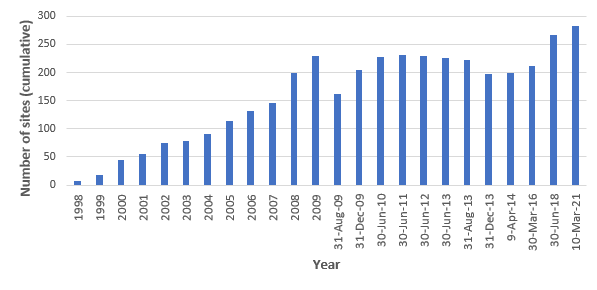Dealing with contaminated sites
Why we monitor contaminated sites
Many industrial and farming activities can cause chemical contamination of soil, air and water. Contaminated sites contain hazardous substances at significantly higher concentrations than normal (background) levels. This means they can harm people and the environment.
Local authorities, central government agencies and landowners are responsible for ensuring the effects of contaminated sites are minimised. Waikato Regional Council’s Regional Policy Statement states that there should be no significant risk of adverse effects on people’s health or the environment from existing contaminated sites, and our regional plan sets out a detailed strategy for managing the risks of contaminated sites.
Waikato Regional Council is working with site owners, city and district councils and health authorities to reduce the risks associated with contaminated sites.
Depending on the type and scale of contamination, contaminated sites can be:
- remediated – cleaned up so they are no longer pose a risk
- managed – to minimise risk of harm.
This indicator reports on progress being made to remediate and manage contaminated sites in the Waikato region.
Results - data and trends
As at March 2021, 282 previously contaminated sites in the Waikato region have been remediated or managed so they are no longer pose a risk to people or the environment.
The numbers fluctuate over time because although remediation activities are ever increasing; increasing redevelopment and intensification means that new potentially contaminating activities can be established on previously remediated land. This land is no longer considered ‘remediated’, and instead is reclassified as ‘potentially contaminated’. The good thing is that modern site management and hazardous substances containment measures are generally much more stringent than historical practices, and so these sites generally pose less risk to human health and the environment.
The graph below shows the number of remediated or managed contaminated sites in the Waikato region as at March 2021.

The data file spreadsheet contains the source data to this indicator's graph and any additional data.
Methods - how we monitor
More information
When this indicator is updated
The indicator is updated every two years.
Last updated March 2021
Resources
Guidelines for managing contaminated land - Ministry for the Environment: Contaminated land management guidelines developed by the Ministry for the Environment to help ensure contaminated land is assessed and managed consistently throughout the country.
Risk Assessment for Contaminated Sites in New Zealand - Landcare Research: This website aims to guide environmental managers through a framework for assessing contaminated sites and to provide information resources relevant to New Zealand assessors, auditors or reviewers.



